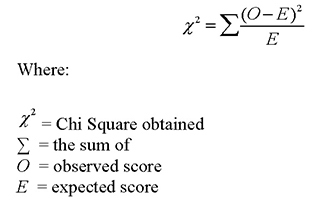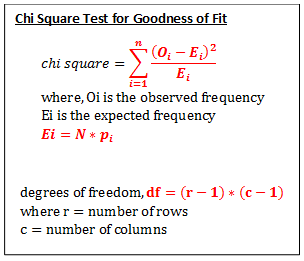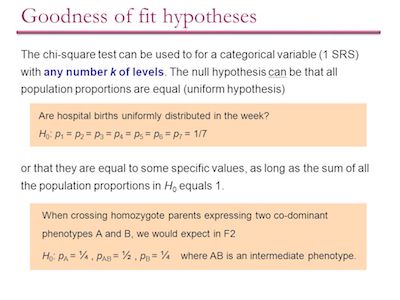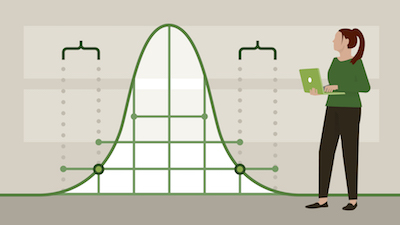Simply put, the chi square test for independence determines if there is a statistically significant relationship between categorical variables. While this may sound a bit confusing at first, you just need to know that a chi square test for independence is a hypothesis test that will allow you to know if on categorical variable depends on the value of other categorical variables or if they are independent.
Overview Of The Chi Square Test For Independence
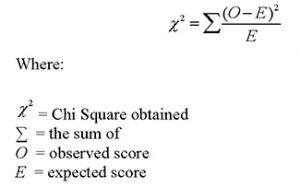
As we already told you, the chi square test for independence evaluates the relationship between categorical variables. Since the chi square test for independence is a statistical test, it needs to assume a null hypothesis as well as an alternative hypothesis. In this particular case:
- Null Hypothesis: Categorical variables are independent, there are no relationships between the categorical variables. So, even if you know the value of a specific variable, you won’t be able to find the value of a different variable based on it.
- Alternative Hypothesis: There are relationships between the categorical variables. So, this means that if you know the value of one variable, you can predict the value of another variable.
Check out our online chi square calculator.
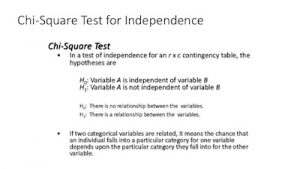
As you can easily understand by looking at the two hypotheses that ar poser under the chi square test for independence, you will be comparing the distribution that you observe with the distribution that you expect to see if there is no relationship between the categorical variables.
It’s worth noticing that when we refer to the expected value or expected distribution under the chi square test for independence context, this is equivalent to what you would expect if the null hypothesis is true. So, with this in mind, you can then state that if your observed distribution is different enough from the expected distribution (which shows that there is no relationship between the variables), you can reject the null hypothesis and infer that the variables are related.
Looking for a chi square table value calculator?
When you perform a chi square test and the p-value is equal to or less than your significance level indicates there is sufficient evidence to conclude that the observed distribution is not the same as the expected distribution. You can then conclude that a relationship exists between the categorical variables.
When You Should Use The Chi Square Test For Independence
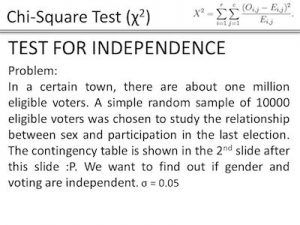
In order to use the chi square test for independence, you need to ensure that some conditions are met. These include:
- The sampling method is simple random sampling.
- The variables under study are each categorical.
- If sample data are displayed in a contingency table, the expected frequency count for each cell of the table is at least 5.
Besides this, you will need to follow 4 steps:
#1: State the hypotheses
#2: Formulate an analysis plan
#3: Analyze sample data
#4: Interpret results.
Make sure to use our online chi square table calculator.
Formulate An Analysis Plan
An additional step that you need to take when you are running a chi square test for independence is to formulate an analysis plan. This simply mans that you will need to describe how to use sample data to accept or reject the null hypothesis.
Notice that this plan should specify the following elements:
- The significance level: While most researchers tend to pick significance levels equal to 0.01, 0.05, or 0.10, you can still choose any value between 0 and 1.
- The test method.
